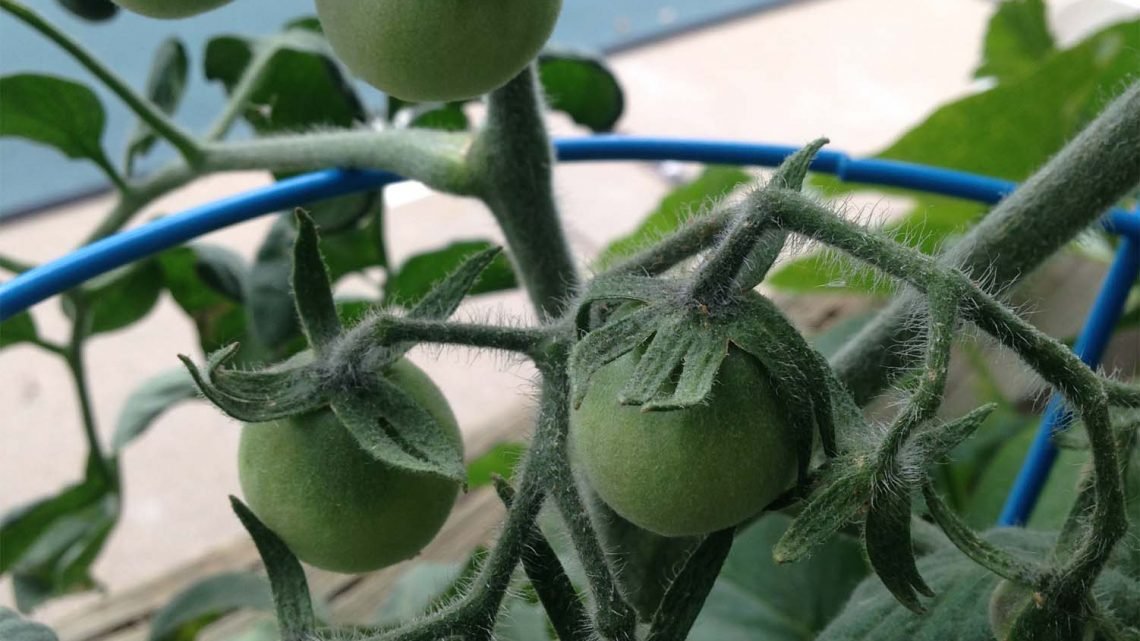
A Solid Fertilization Routine Can Be the Difference Between a Ho-Hum Tomato Season and…
June 17, 2019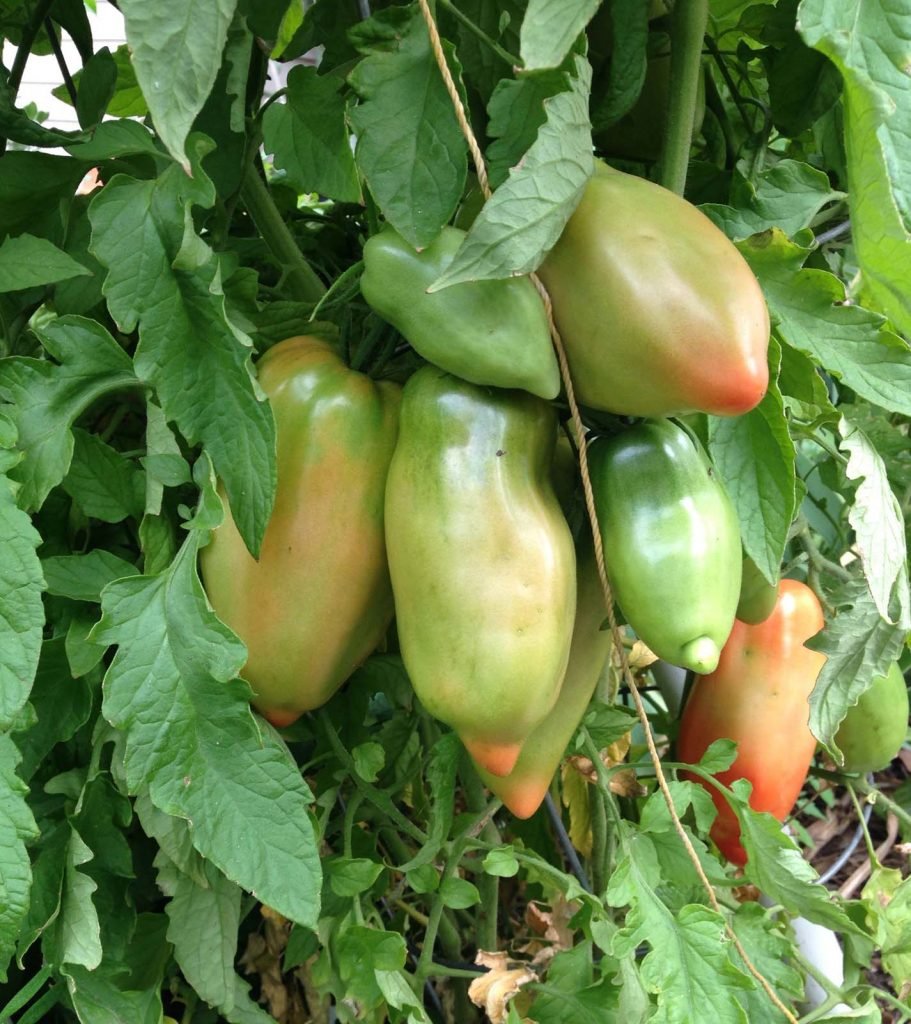
Now that your heirloom pepper and tomato plants are officially in their new home; be it a pot, raised bed or traditional garden bed, it’s time to blow those suckers up with some proper fertilization. The right organic fertilizers are essential when it comes to the health and production of your heirloom plants. A solid fertilization routine can be the difference between a ho-hum tomato season and the kind of season that makes you seriously contemplate opening a veggie stand at the local farmers market. Let’s work towards the latter.
First, a few general facts about fertilizers:
- Every type of store bought fertilizer has three numbers somewhere on its label, for example (5-1-1) . These three numbers represent the three major nutrients in the fertilizer (Nitrogen – Phosphorus – Potassium) and are referred to as (N-P-K). The higher the number, the higher the percentage of those nutrients the fertilizer contains. A fertilizer with a label that reads (5-1-1) contains (5% Nitrogen – 1% Phosphorus – 1% Potassium).
- A high Nitrogen fertilizer (12-0-0) encourages green growth, whereas a high Phosphorus fertilizer (2-14-0) stimulates root development, flowering and fruit production.
- Keeping these ratios in mind, you can choose between complete fertilizers and incomplete fertilizers. Complete fertilizers have all three numbers represented such as (9-6-2). An incomplete fertilizer has only one or two numbers represented (2-14-0).
- Organic fertilizers are as the name implies, derived from organic sources such as: plants, worm castings, fish, seaweed, guano, cattle by-products and so on. Organic fertilizers tend to be slower release.
- Synthetic fertilizers are chemically created and generally petroleum based. A lot of these fertilizers are quick release, plant steroids. They also tend to be higher in salts.
Got it? Good. Let’s move on…
I’m going to concentrate on organic fertilizers. Below are a few pros and cons of my favorite go-to organic fertilizers:
Fish Emulsion – Fish & Guano
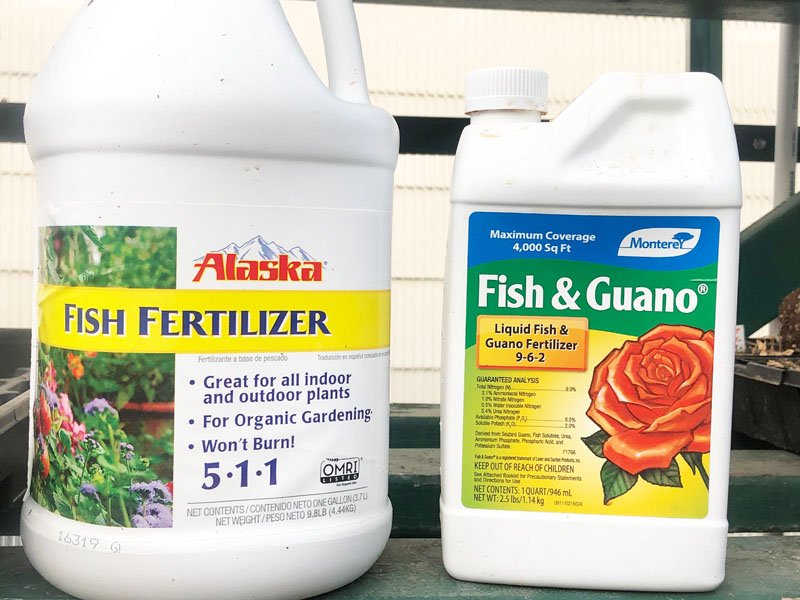
PRO:
- Fish Emulsion and Fish & Guano are terrific, complete, liquid fertilizers derived from liquified fish. I always have to have a gallon of Fish Emulsion on hand. Always. My plants love it. I use Fish Emulsion more than the Fish & Guano for the simple fact that it won’t ever burn my plants if I use too much, and I ALWAYS USE TOO MUCH. The stuff is thick, almost sludge like sometimes, so give the bottle a good shake before using. The Fish & Guano has a higher NPK (9-6-2) than the straight Fish Emulsion (5-1-1) so be careful so as not to burn your plants, though I’ve never had that happen.
- Both are available at most nurseries and big box stores.
- Fish Emulsion is cheap. A gallon will run you $20-$25 while a quart of Fish & Guano is only $10-$13.
- Use either as a soil drench or foliar spray. Apply either of these fertilizers every few weeks to keep your plants nourished and happy.
CON:
- The smell can be a tad bit repulsive. Think twice about watering your houseplants with the stuff.
Bone Meal – Blood Meal

Bone Meal – Blood Meal – Epsom Salt – Jobe’s Organic Heirloom Granular Fertilizer
Bone Meal and Blood Meal are residual from the livestock industry. Bone Meal is simply ground up bones while Blood Meal is, well, dried blood in a powdered form. Add both to your holes at planting time, or, work Bone and Blood Meal into the soil around the base of your plants and water it in.
PRO:
- Plants absolutely love this stuff. Bone Meal (2-14-0) encourages root development, flowering and fruit production, conversely Blood Meal (12-0-0) is pure Nitrogen to promote top growth.
- Bone Meal and Blood Meal are cheap. A 3.5-4 lb. bag of either is less than $10 and should last you two or more seasons.
- A little goes a long way. These fertilizers are strong, therefore only use a few tablespoons per plant A COUPLE TIMES during the growing season.
- Both are readily available at nurseries and big box stores.
CON:
- Follow the application directions. These fertilizers are strong and they WILL BURN YOUR PLANTS if used improperly.
- Animals love these fertilizers as much as your plants do. Pets will scratch at and eat the soil after applying Bone Meal or Blood Meal so be sure to work both into your soil and deeply water your plants after using either.
Granular Slow Release Fertilizer
Above you will see a bag of Jobe’s Organic Granular Heirloom Fertilizer. I always add a quarter cup, or so, of an organic slow release granular fertilizer at the time of planting. Don’t be afraid to add after planting either, just work it into the soil around the base of the plant.
PRO:
- Slow release equals slow, steady feed. That’s a good thing.
- Complete fertilizer. This particular bag is (2-5-3) which is fairly even across the board. Your plants are getting all the essential elements.
- Cheap. A 5 lb. bag will cost around $9-$12.
- Readily available. You can find a good organic, granular fertilizer anywhere.
CON:
- Product availability changes from year to year. If you find a brand you love at a box store, it might not be there the following season.
- The nutritional breakdowns are not always the same. Each company has their own recipe so (NPK) values change from brand to brand.
Worm Castings

PRO:
- The black gold of the gardening world. Worm castings (worm poop) are about the most complete, slow release fertilizer you will find and the best part is… you can make them yourself! I plan on addressing vermicomposting and vermiculture in a separate post so stay tuned for that.
- Use as much as you like, as often as you like! Your plants will thank you.
CON:
- Zero.
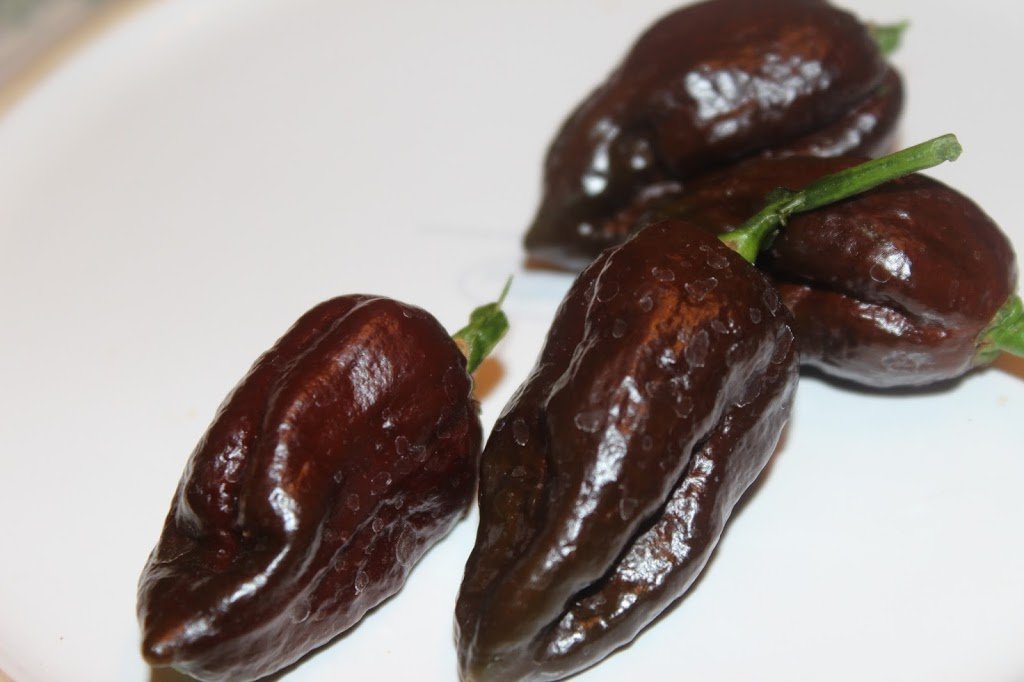
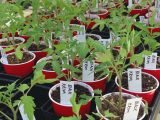
Are you having the plant sale this year? Do you have those shishito peppers from last year?
YES! I am planning on having my heirloom plant sale this year. I will be posting detailed information regarding the sale on my blog later this week. As for the Shishito peppers… unfortunately, I lost all of my peppers in early March and had to start completely over. I did replant Shishito peppers but as of right now I am unsure when they will be available.
How can I subscribe so I get notified when you post?